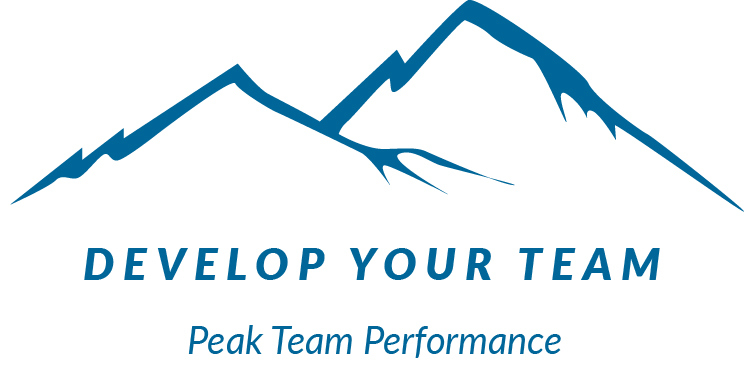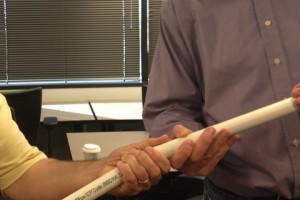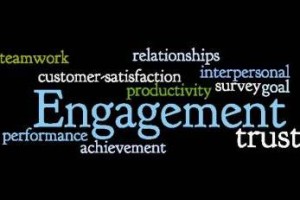How do you develop a sense of team when members are spread out geographically? For many groups the opportunities to get together in the same physical location are rare. But do you have to
accept having a disconnected team, just because everyone doesn’t come to work in the same location every day? People often tell me how difficult it is to build relationships in that kind of situation. I’ve experienced it myself, and I agree – it can be difficult. But fortunately it’s not impossible. I’ve also experienced what it’s like to be part of a strong virtual team, where no goal seemed out of reach. What made the difference? Just like any relationship, intentional effort needs to be made to create and maintain bonds among team members.
If your virtual team is not performing as well as you’d like or you think that the interpersonal bonds between members could be stronger, consider these questions: Do you find that when your group does get together for a meeting, much of the time is spent on activities like reviewing reports and scheduling future meetings? Are these things that really need to be done in a face-to-face setting? Would a conference call work for some things like these instead? Are all team members valued for the unique qualities and strengths they bring to the team?
Here are four ways you can build a stronger team. These apply regardless of your work setting, and are especially applicable in a virtual environment:
1. Make the most of the times you are physically together in the same location to foster trusting relationships among team members.
2. Incorporate focused and purposeful team development activities into your event to accelerate the group-formation process.
3. Carefully consider the content of your face-to-face meetings. What can team members do independently ahead of time? Are there reports that can be read, scheduling that can be planned, or questions that can be shared with the group ahead of time? If so, then the face-to-face meeting time can be devoted to those areas that address more sensitive topics, or require more in-depth discussion or brainstorming.
4. Create an inclusive environment. Ensure that everyone has an opportunity to contribute and be heard. Allowing everyone to be involved not only helps the team achieve its goals by leveraging each person’s strengths, it also demonstrates that each member is a valued part of the team.
What would you add to this list? What has worked for you?


